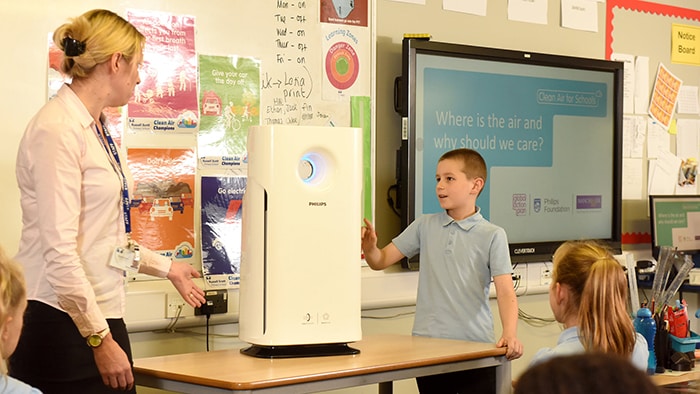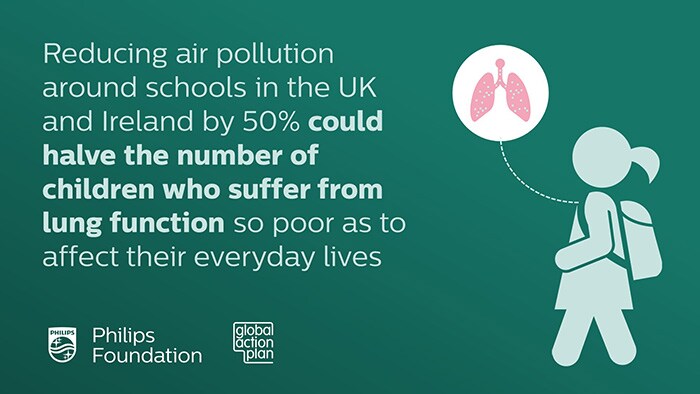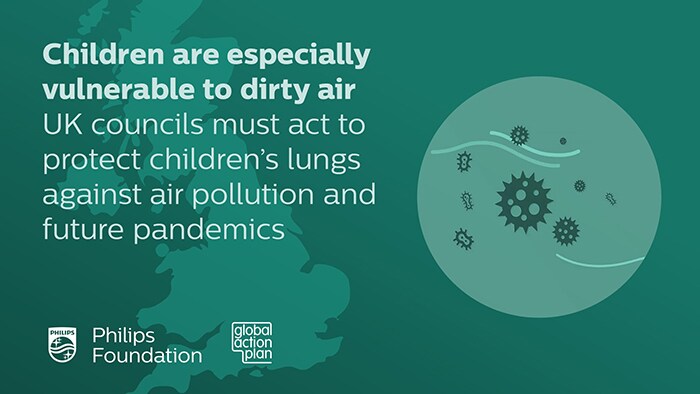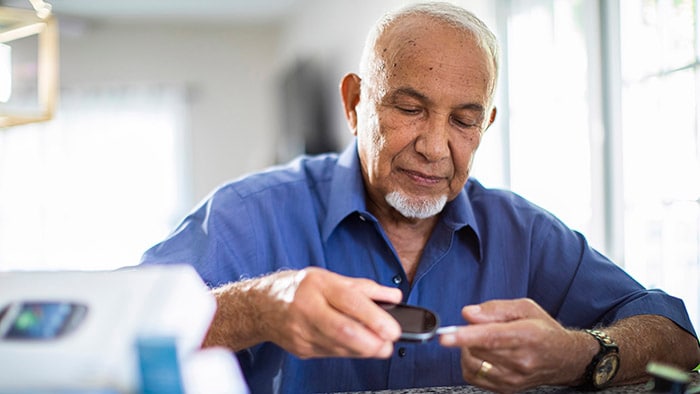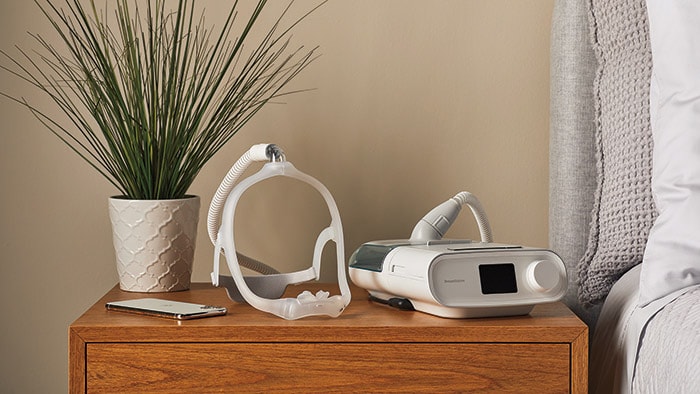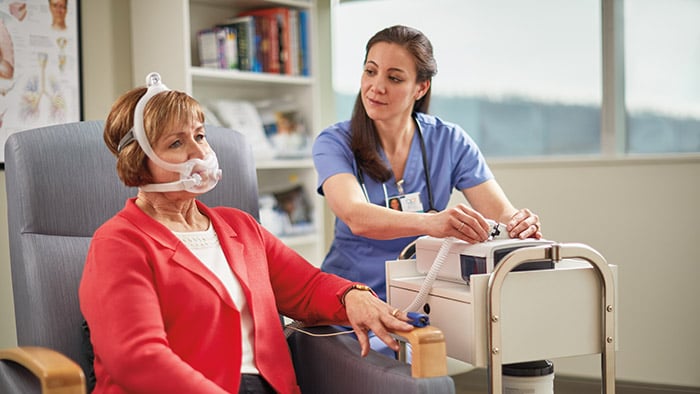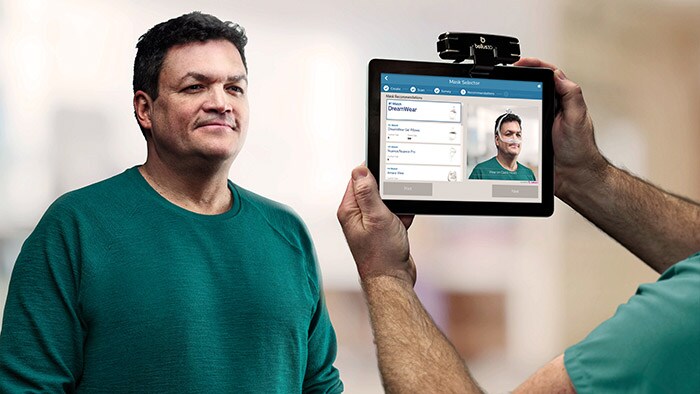Sep 16, 2020
Philips, the Philips Foundation and Global Action Plan team up to improve the air quality at schools
Amsterdam, The Netherlands - Royal Philips (NYSE: PHG, AEX: PHIA), a global leader in health technology, and the Philips Foundation, with its mission to provide access to quality healthcare for disadvantaged communities through innovation, together with UK-based charity Global Action Plan reveal new analysis by Queen Mary University of London (QMUL) that shows if outdoor air pollution is halved, there could be up to a 20-50% reduction in the number of children with poor lung function across the UK and Republic of Ireland [1]. The analysis also finds the reduction in air pollution seen during the country-wide lockdown leads to asthma exacerbations in children all but disappearing. Based on this analysis, a coalition comprised of Global Action Plan, the Philips Foundation, Living Streets, Modeshift Stars and Mums for Lungs, with the support of Philips and the National Association of Head Teachers (NAHT), are collaborating for nationwide action by the Government and local authorities to improve air quality at schools, driven by a legally binding target to meet World Health Organization limits.
To support the movement, Global Action Plan and the Philips Foundation, with the endorsement of Philips, have launched “The Clean Air for Schools Framework”. The framework is a free online tool that gives teachers, headteachers, parents and local authorities a bespoke blueprint of actions for tackling air pollution in and around the school. This is drawn from its database of 50 actions that have been validated by a mix of existing research, academic insights from the University of Manchester and in school air quality testing. The tool is particularly important for schools in air pollution hotspots [2] across the UK and the Republic of Ireland. It will enable them to reduce air pollution from their own operations, educate the next generation to help them and their families make cleaner air choices and become a local leader on air pollution, working with partners to improve air quality in the local area. Around a quarter of all morning, rush-hour car trips during school term time comprise school run traffic, increasing emissions outside schools. A clean air program implemented by the London Borough of Hackney, pioneer of School Streets and one of the leading community grassroots initiatives proactively tackling air pollution, shows the significant improvements that can be made through these programs. The first four School Streets launched in the borough showed that traffic reduced by an average of 68%, the number of children cycling to school increased by 51%, and vehicle emissions outside schools (NOx, PM10 and PM2.5) are down by 74% as a result of the schemes [3].
Protecting today’s generation of school children against the toxins carried by air pollution is not only imperative to preventing damage to children’s daily health but also to reduce the impact of this and future pandemics.
Chris Large
Co-CEO at Global Action Plan
“Local authorities must take advantage of free tools such as the Clean Air for Schools Framework, as the analysis by Queen Mary University of London shows, air pollution impacts the daily lives of so many children,” said Chris Large, Co-CEO at Global Action Plan. “But they must act now. Therefore, protecting today’s generation of school children against the toxins carried by air pollution is not only imperative to preventing damage to children’s daily health but also to reduce the impact of this and future pandemics.” “As school children continue to settle into classrooms this autumn, we have a once in a generation opportunity to tackle poor air quality head-on,” said Mark Leftwich, Director Personal Health, Philips UK and Ireland. “It is vital we take immediate action to protect public health from significant future health crises, which ongoing research shows can be worsened by air pollution in a patient with underlying respiratory issues. Setting long-term targets for emissions is welcome, but we cannot wait another 20 or 30 years for proposed targets to take effect. Doing so would compromise the health of the most vulnerable communities for decades to come – which crucially includes our children.” To demonstrate the impact air pollution has on children’s lungs, the campaign is showcasing new infra-red images of children’s sputum, which show the pollutants found in the lungs. “Airborne” by artist Sarah Stirk is a multimedia project focusing on air pollution’s impact on the health of children in London. It utilizes microscopic images of black carbon i.e., particulate matter, in children’s spit, data maps showing pollution levels and new infrared images of children. Campaigners will use the new assets as a means of making the invisible visible to put added pressure on local authorities across the UK and Ireland to take urgent action. [2] https://unearthed.greenpeace.org/2017/04/04/air-pollution-nurseries/ [3] https://news.hackney.gov.uk/traffic-to-be-banned-outside-40-schools-as-part-of-emergency-plan/
About Royal Philips
Royal Philips (NYSE: PHG, AEX: PHIA) is a leading health technology company focused on improving people's health and enabling better outcomes across the health continuum from healthy living and prevention, to diagnosis, treatment and home care. Philips leverages advanced technology and deep clinical and consumer insights to deliver integrated solutions. Headquartered in the Netherlands, the company is a leader in diagnostic imaging, image-guided therapy, patient monitoring and health informatics, as well as in consumer health and home care. Philips generated 2019 sales of EUR 19.5 billion and employs approximately 81,000 employees with sales and services in more than 100 countries. News about Philips can be found at www.philips.com/newscenter.
About the Philips Foundation
The Philips Foundation is a registered charity that was established in July 2014 – founded on the belief that innovation and collaboration can help solve some of the world’s toughest healthcare challenges for the underserved and make essential impact. Reflecting our commitment to United Nations Sustainable Development Goals 3 (Ensure healthy lives and promote well-being for all at all ages) and 17 (Revitalize the global partnership for sustainable development), the mission of the Foundation is to reduce healthcare inequality by providing access to quality healthcare for disadvantaged communities. The Philips Foundation fulfills its mission by deploying Philips’ expertise, innovative products and solutions, by collaborating with key partners around the world (including respected NGOs such as UNICEF, Amref and ICRC), and by providing financial support for the collaborative activities. More information on the Philips Foundation can be found at www.philips-foundation.com

Topics
Contacts

Laura Seikritt
Philips Global Press Office Tel.: +31 6 20740318
You are about to visit a Philips global content page
ContinueElizabeth Littlewood
Philips U.K. & Ireland Tel.: +44 7909 874563

Yannick Eshuijs
Philips Foundation Tel: +31 6 18 52 66 33
You are about to visit a Philips global content page
ContinueMedia assets
Teacher who explains the importance of clean air to her class while demonstrating the air purifier with one of her students.
Children measuring air quality outside their school and taking notes.
Press releases
Get our press releases by e-mail
You are about to visit a Philips global content page
Continue
